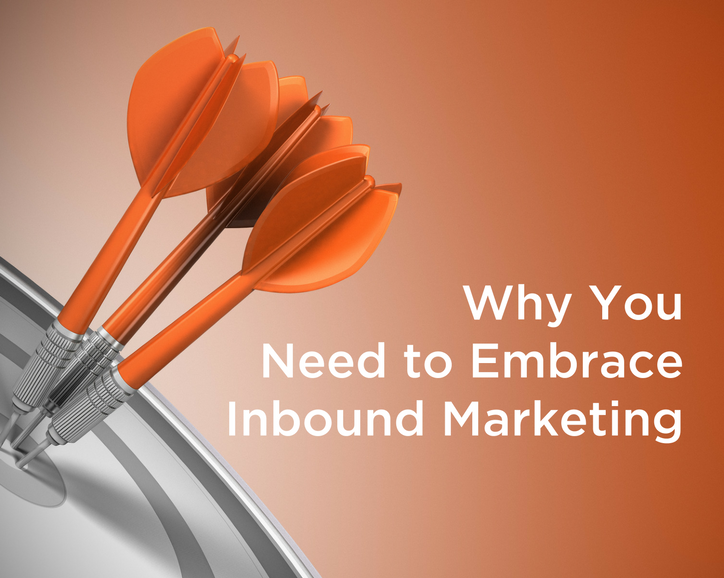
Is advertising dead? Many marketing experts have been asking that question—and, for the most part, answering affirmatively—for twenty years. New technologies have certainly cut into traditional advertising’s potential reach. Print versions of newspapers and magazines are dwindling; cable cutters are viewing their favorite television shows online; and music listeners are trading radio for streaming playlists. These media formats were once the lifeblood of advertising. So even if traditional advertising is still taking air, it is undeniably on life support.
But rather than pronouncing advertising extinct, it’s wiser to consider its evolution. And nowhere is advertising more alive than in the form of inbound marketing.
“Out” With the Old
Traditionally, mass marketers have relied on television, radio, print, billboards, and direct mail to reach their audiences. Using those outbound marketing methods, advertisers push their messages to as many consumers as possible—hopefully ensuring that their ideal customers get the word.
Two trends in outbound marketing are driving away advertisers.
-
- Outbound depends on paid media to reach its audience, and paid media is expensive.
- Consumers find outbound marketing disruptive, so they’re willing to pay to avoid it.
Together, those downsides leave advertisers paying more to reach smaller audiences.
Enter inbound marketing. Inbound shifts marketing’s focus from finding customers to helping customers find you. By providing meaningful information that consumers are searching for online, inbound marketers create opportunities to engage would-be customers. And once engaged, prospects are more likely to become buyers.
Perhaps the biggest difference between outbound and inbound marketing is the ability to target the right customers. Outbound marketing’s mass media approach involves paying to reach many people in hopes of finding a few interested customers, whereas inbound marketing brings already-interested consumers to your website.
How Does Inbound Marketing Work?
Here’s a simple example of an inbound marketing campaign. Let’s say you run an accounting practice that specializes in preparing taxes for small businesses, and you’re trying to find qualified prospects for your services. Your website is not attracting leads for you, and paying to run TV or radio commercials is beyond your budget.
Instead, you create a white paper titled, 10 Tax Tips Every Small Business Owner Should Know, and make it available for free download on your website. While business owners that Google “business taxes” would likely get thousands of results, those who search for “small business tax tips” would more likely come across your offer in the first pages of listings. Searchers who come to your website to download your guide—providing their contact information in return—benefit from your small business tax expertise.
A few days later, those downloading your white paper receive another offer from you via email—a free worksheet for calculating the effect of a recent tax law change on their businesses. The further the prospects engage with your content, the more qualified they become as leads.
That’s a very general overview of inbound marketing, mind you. But you get the point. These days, people in the market for goods and services are looking online for relevant information and guidance; by providing both, you can lead them to your door.
Don’t Wait Any Longer
Advertisers are increasingly using inbound marketing to complement, or replace altogether, their outbound efforts. In the process, many are reducing their overall advertising spend while improving the quality of their leads. Indeed, inbound campaigns achieve higher returns on investment than outbound campaigns, regardless of a company’s size or budget.
Isn’t it time you began benefitting from inbound marketing?

